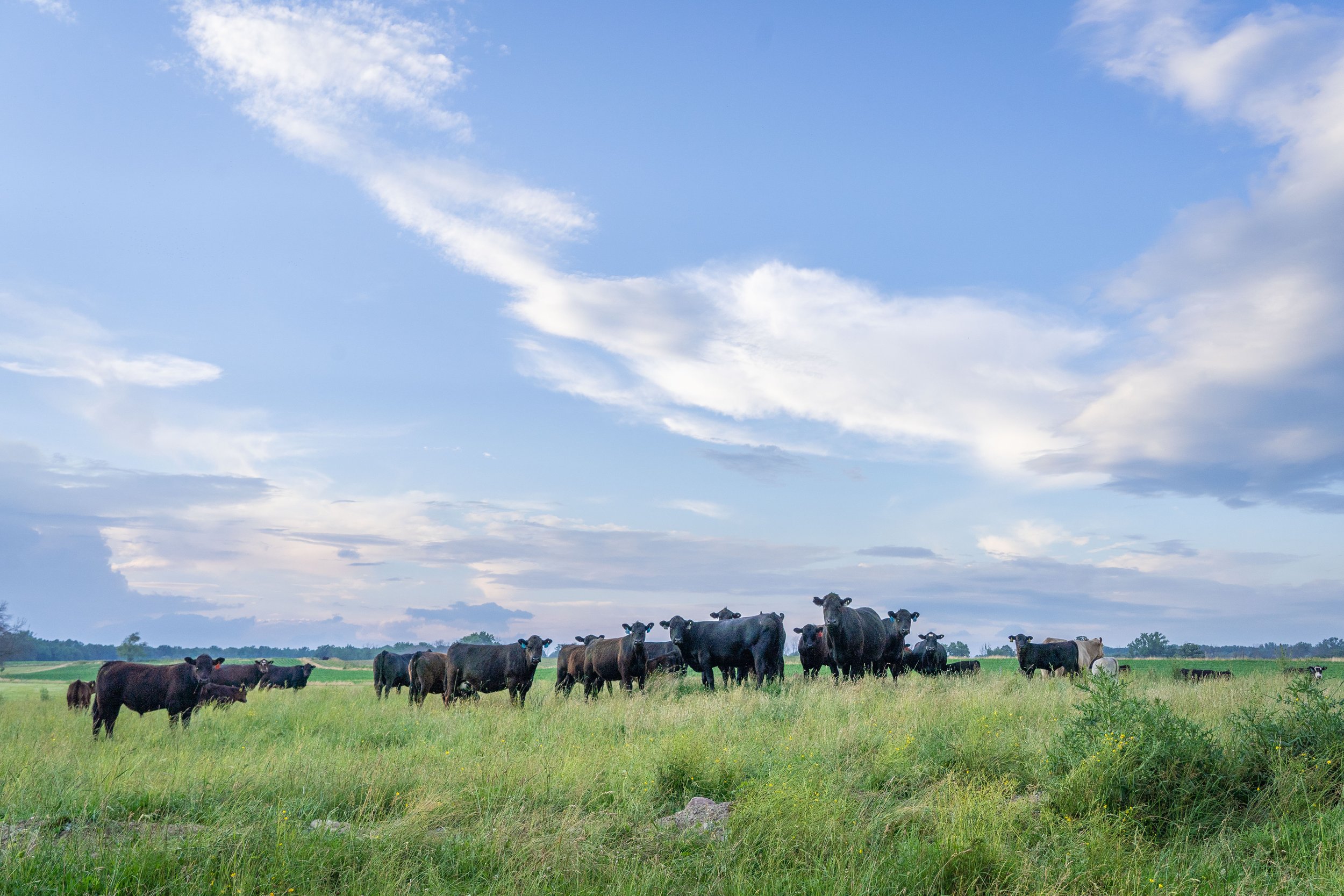Recognizing Animals Threat Defense (LRP) Insurance Coverage: A Comprehensive Guide
Browsing the world of livestock danger protection (LRP) insurance coverage can be a complex venture for lots of in the farming industry. From exactly how LRP insurance policy functions to the numerous protection alternatives offered, there is much to uncover in this comprehensive guide that might potentially shape the method animals manufacturers approach threat management in their organizations.

How LRP Insurance Policy Works
Periodically, recognizing the mechanics of Animals Risk Security (LRP) insurance coverage can be complicated, however breaking down exactly how it functions can give clarity for breeders and farmers. LRP insurance policy is a threat management tool created to secure animals producers against unanticipated price decreases. The plan allows producers to establish a protection level based upon their certain demands, choosing the number of head, weight array, and protection price. Once the plan remains in location, if market rates fall listed below the insurance coverage rate, manufacturers can submit a case for the distinction. It's important to keep in mind that LRP insurance coverage is not an income warranty; instead, it focuses exclusively on cost risk security. The coverage duration usually ranges from 13 to 52 weeks, offering flexibility for producers to choose a duration that straightens with their manufacturing cycle. By utilizing LRP insurance coverage, farmers and ranchers can minimize the economic threats connected with varying market costs, making certain higher stability in their procedures.
Eligibility and Protection Options

When it comes to coverage choices, LRP insurance coverage provides manufacturers the flexibility to pick the insurance coverage level, protection period, and recommendations that best suit their risk monitoring needs. By recognizing the qualification criteria and coverage options readily available, animals manufacturers can make educated decisions to manage threat efficiently.
Benefits And Drawbacks of LRP Insurance Policy
When examining Animals Threat Defense (LRP) insurance policy, it is crucial for animals manufacturers to evaluate the benefits and downsides integral in this threat administration device.

One of the main advantages of LRP insurance coverage is its ability to offer protection against a decrease in animals costs. Furthermore, LRP insurance uses a level of versatility, enabling producers to personalize protection degrees and policy durations to fit their certain needs.
One limitation of LRP insurance coverage is that it does not shield against all kinds of threats, such as condition outbreaks or natural disasters. It is crucial for producers to very carefully assess their specific threat direct exposure and economic scenario to determine if LRP insurance coverage is the ideal risk administration device for their operation.
Comprehending LRP Insurance Coverage Premiums

Tips for Making Best Use Of LRP Perks
Making the most of the benefits of Livestock Threat Defense (LRP) insurance policy requires critical preparation and proactive threat administration - Bagley Risk Management. To maximize your LRP coverage, consider the following tips:
On A Regular Basis Examine Market Conditions: Stay educated concerning market patterns and rate changes in the livestock market. By keeping an eye on these variables, you can make educated decisions about when to acquire LRP insurance coverage to shield against potential losses.
Set Realistic Insurance Coverage Degrees: When picking insurance coverage degrees, consider your manufacturing costs, market price of livestock, and prospective risks - Bagley Risk Management. Setting reasonable coverage degrees makes certain that you are adequately protected without overpaying for unnecessary official source insurance
Diversify Your Coverage: As opposed to depending only on LRP insurance policy, take into consideration diversifying your risk administration strategies. Integrating LRP with various other danger management tools such as futures contracts or alternatives can give comprehensive insurance coverage against market unpredictabilities.
Review and Adjust Coverage On a regular basis: As market conditions change, regularly review your LRP protection to ensure it lines up with your current threat direct exposure. Adjusting coverage levels and timing of acquisitions can aid maximize your threat security approach. By following these tips, you can make best use of the benefits of LRP insurance policy and protect your livestock procedure versus unpredicted threats.
Verdict
Finally, animals risk security (LRP) insurance policy is a valuable tool for farmers to handle the monetary risks connected with their animals procedures. By comprehending exactly how LRP functions, qualification and protection options, in addition to the benefits and drawbacks of this insurance policy, farmers can make educated decisions to shield their source of incomes. By very carefully considering LRP costs and applying approaches to take full advantage of advantages, farmers can alleviate prospective losses and ensure the sustainability of their operations.
Livestock producers interested in acquiring Livestock Threat Protection (LRP) insurance can explore an array of qualification criteria and protection options customized to their details livestock procedures.When it comes to coverage choices, LRP insurance policy uses producers the adaptability to pick the protection level, protection duration, and endorsements that best fit their risk management requirements.To realize the intricacies of Animals Risk Security (LRP) insurance coverage totally, recognizing the variables affecting LRP insurance premiums is crucial. LRP insurance costs are figured out by various components, including the coverage level selected, the anticipated rate of livestock at the end of the coverage duration, the type of animals being guaranteed, and the size of the protection duration.Evaluation and Readjust Coverage Frequently: As market problems alter, regularly review your LRP coverage to guarantee he said it straightens with your existing danger exposure.